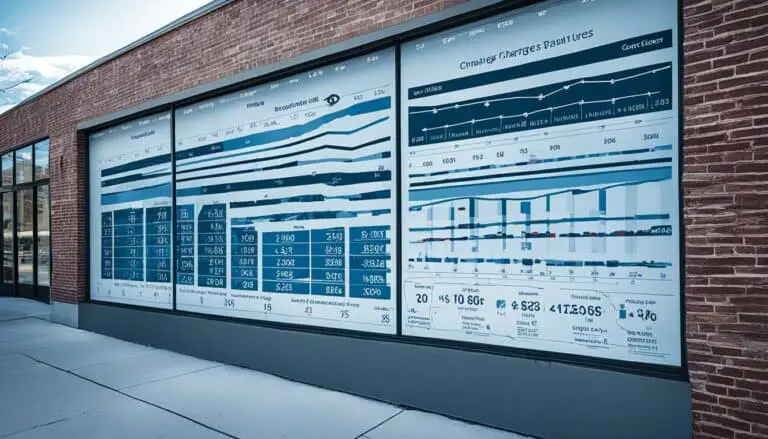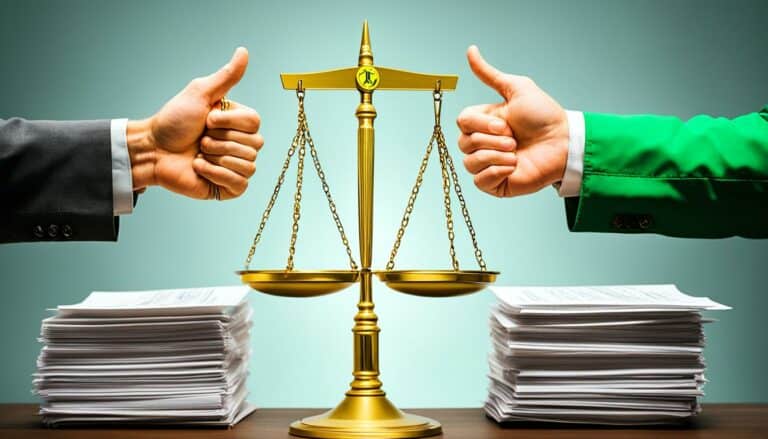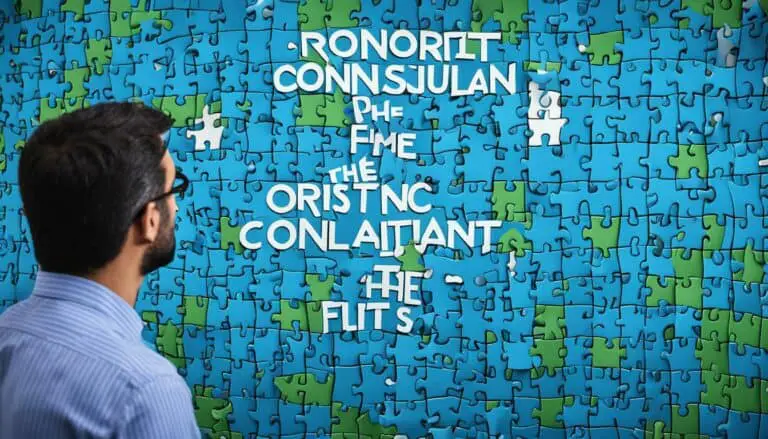Building Improvements and Modifications Under NNN Leases: A Tenant Guide
Disclaimer: This post may contain affiliate links. These links, if used and purchases made, we may earn a small commission. These affiliate programs do not impact the recommendations we make or the resources we refer you to. Our focus is on providing you the best resources for your nonprofit journey.
Are you a tenant leasing a commercial space under a triple net lease agreement?Do you know your responsibilities when it comes to building improvements and modifications?
Triple net leases offer tenants advantages such as sharing certain repair and maintenance costs with the property owner. However, understanding these responsibilities is crucial to ensure a successful and profitable leasing experience.
In this tenant guide, we’ll explore the world of NNN lease improvements, leasehold improvements, and property modifications. Whether you’re considering renovating your commercial space or in the process of negotiating a lease agreement, this guide will provide you with the knowledge and insights you need to navigate these crucial aspects.
Key Takeaways:
- Triple net leases divide certain repair and maintenance responsibilities between owners and tenants.
- Tenants are generally responsible for improvement expenses such as security systems, janitorial services, and landscaping.
- Owners typically maintain the roof, exterior walls, and utility repairs.
- The division of capital improvement costs should be clearly defined in the lease agreement.
- Negotiating financial responsibility for improvements is essential for both owners and tenants.
Owner Responsibilities in Triple Net Lease Improvements
For tenants under a triple net lease agreement, it’s important to be aware of what your landlord is responsible for when it comes to property maintenance. These responsibilities typically cover critical upkeep areas like the roof, exterior walls, and utilities, ensuring the building remains safe, functional, and valuable.
One key area your landlord will look after is the roof. They’re tasked with conducting regular checks, making repairs as needed, and replacing it when necessary to prevent any leaks, water damage, or structural problems. A properly maintained roof not only keeps you safe but also helps in preserving the property’s value over time.
The upkeep of the building’s exterior walls is another responsibility of your landlord. Routine cleaning, painting, and repairs are essential in preventing decay and weather damage, maintaining both the appearance and the structural health of the building. This care helps in avoiding moisture problems, which can affect the building’s durability.
When it comes to utilities, such as plumbing and electrical systems, your landlord is also on the hook. They must swiftly manage any plumbing issues to avoid disruptions and damage, ensuring that water and waste systems are running smoothly. Likewise, keeping the electrical systems in check, including safe wiring and functioning outlets and fixtures, is crucial for tenant safety and operational efficiency.
Of course, these responsibilities could be different in your lease so be sure to read the details and get legal help if there is anything you don’t understand.
Owner Responsibilities in Triple Net Lease Improvements:
- Maintaining the roof to prevent leaks and structural damage
- Preserving the aesthetics and structural integrity of exterior walls
- Promptly addressing plumbing issues to ensure proper functionality
- Maintaining electrical systems for safety and efficiency
By addressing these owner responsibilities, you contribute to the overall success and profitability of the triple net lease property.
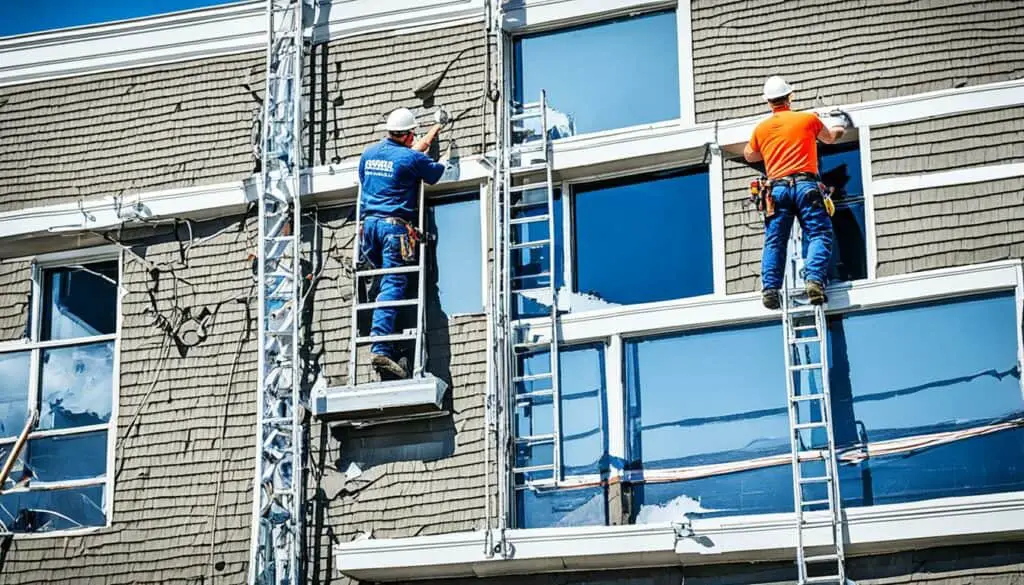
Tenant Responsibilities in Triple Net Lease Improvements
Tenants in triple net lease agreements have specific responsibilities when it comes to operating costs, maintenance fees, and improvement expenses. Understanding these responsibilities is crucial for managing the financial aspects of leasing a commercial space.
Operating Costs
Tenants are responsible for covering various operating costs associated with maintaining the leased property. These costs may include:
- Security improvements
- Janitorial services
- Association fees
- Building management fees
- Parking lot maintenance
- Lighting expenses
- Landscaping
- Inspection fees
All of these expenses contribute to the overall operating costs of running the tenant’s business within the commercial space. If you share the building with other tenants, then these costs will be shared proportionally with all tenants.
Maintenance Fees
Besides operating costs, tenants are also responsible for maintenance fees associated with the leased property. These fees may include routine upkeep tasks such as:
- Minor repairs
- Regular maintenance of fixtures and equipment
- Ensuring compliance with building codes and regulations
By fulfilling these responsibilities, tenants help maintain a safe and functional environment for your business operations.
Improvement Expenses
Tenants may also incur improvement expenses to adapt the commercial space to their specific business needs. These improvements can range from minor adjustments to significant renovations, such as:
- Installing security systems
- Implementing major building improvements
- Upgrading interior features
These improvement expenses are crucial for creating a suitable environment that supports the tenant’s business operations.
Understanding Triple Net Lease Operating Costs
To better understand the financial implications of triple net lease operating costs, let’s examine an example:
| Operating Cost | Cost Responsibility |
|---|---|
| Security improvements | Tenant |
| Janitorial services | Tenant |
| Association fees | Tenant |
| Building management fees | Tenant |
| Parking lot maintenance | Tenant |
| Lighting expenses | Tenant |
| Landscaping | Tenant |
| Inspection fees | Tenant |
In this example, we can see that the tenant is responsible for all the listed operating costs. By allocating these expenses to the tenant, the property owner can focus on maintaining the fundamental structural elements of the property.
Division of Capital Improvement Costs in Triple Net Lease
In triple net (NNN) leases, understanding how capital improvement costs are divided is key for tenants. Capital improvements are major enhancements that add value or extend the property’s life, differing from routine maintenance. The lease agreement usually outlines who is responsible for these costs, making it crucial for tenants to review and negotiate these terms carefully.
Key considerations for tenants include defining what qualifies as a capital improvement, determining if there will be cost-sharing for these improvements, and understanding how these costs are handled over the lease term.
Here’s a simplified breakdown to help clarify the division of capital improvement costs in NNN leases:
| Factor | Description |
|---|---|
| Capital Improvement Definition | Clarify what upgrades qualify as capital improvements versus routine maintenance. |
| Cost-Sharing Agreements | Negotiate if and how costs for improvements are shared between tenant and landlord. |
| Duration and Depreciation | Understand the treatment of long-term investments relative to the lease term. |
This approach ensures tenants can manage their financial commitments effectively, fostering a transparent and equitable landlord-tenant relationship.
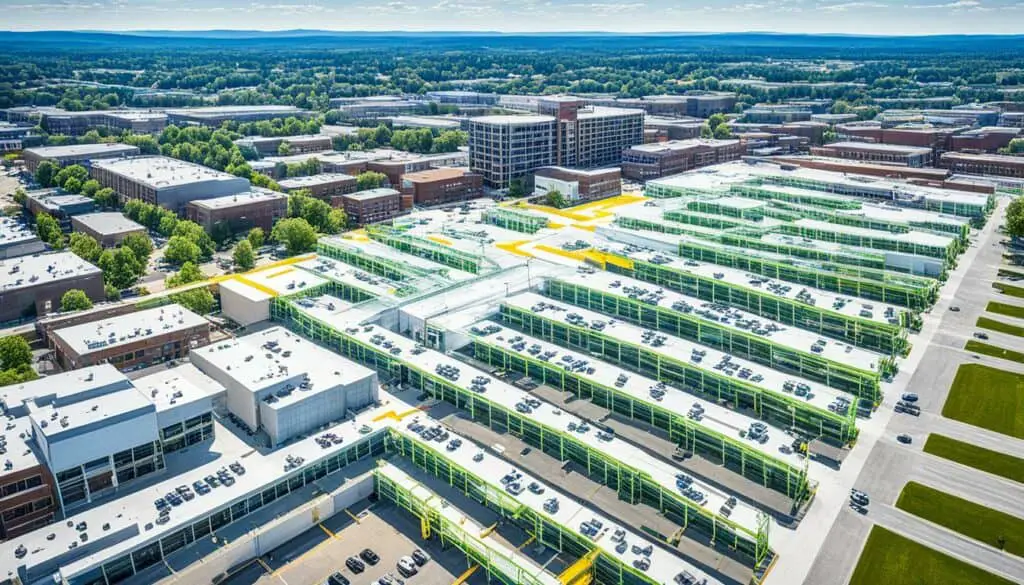
Negotiating Financial Responsibility in Triple Net Lease Improvements
When it comes to triple net lease improvements, financial responsibility is a critical aspect that needs careful negotiation between the property owner and the tenant. While there are general guidelines for owners and tenants, the specifics of each lease agreement can vary based on the terms negotiated by both parties. To ensure a fair and profitable agreement that aligns with their individual goals, it is essential for both the property owner and the tenant to seek the expertise of a net lease professional.
Net lease professionals have firsthand knowledge and experience in navigating the complexities of triple net lease agreements. They possess the expertise to guide both parties through the negotiation process, ensuring that financial responsibilities are appropriately addressed. By working with a net lease expert, property owners can protect their investment and maximize returns, while tenants can secure a favorable agreement that suits their business needs.
During the negotiation process, the property owner and the tenant must consider several factors. These include the scope of improvements, projected costs, and the duration of the lease. Having a clear understanding of these factors will help both parties reach a mutually beneficial agreement. Additionally, it is crucial to establish a transparent communication channel throughout the negotiation process to address any concerns or questions that may arise.
Key Considerations for Negotiating Financial Responsibility
- Clearly define the scope of improvements: It is essential for both parties to agree on which improvements fall under the financial responsibility of the property owner and which are the responsibility of the tenant.
- Project and budget for improvement costs: Accurate projections and budgeting for the improvement costs will allow both parties to plan their financial obligations accordingly.
- Determine the duration of financial responsibility: Establishing a timeline for when the financial responsibility for improvements transitions between the property owner and the tenant is crucial. This can be based on factors such as the length of the lease or the lifespan of the improvement.
- Consider amortization options: Tenants may request the amortization of improvement costs to spread out the financial burden over the lifespan of the improvement. Both parties should discuss and agree on the terms and conditions for amortization.
Negotiating financial responsibility in triple net lease improvements requires open communication, a thorough understanding of the lease agreement, and expert guidance. By considering these factors and working with a net lease professional, property owners and tenants can secure a fair and profitable agreement that suits their respective needs and financial goals.

Understanding Tenant Improvement Allowance and Build-Outs
Tenant improvement allowance, also known as TI or TIA, is a valuable financial benefit that landlords provide to tenants for the purpose of covering construction costs associated with renovating commercial spaces. The allowance is pre-negotiated and typically expressed as a per-square-foot amount.
This tenant improvement allowance can be utilized by tenants to cover various expenses related to the build-out process, ensuring that the commercial space meets their specific requirements. Some common expenses that can be covered include:
- Repainting
- Carpet replacement
- Lighting updates
- HVAC upgrades
- Plumbing and electrical work
By utilizing the tenant improvement allowance, tenants can transform the space into a functional and aesthetically pleasing environment that aligns with their business needs. However, it’s important to note that if the construction costs exceed the allocated allowance, the tenant will be responsible for covering the additional expenses.
The build-out process involves coordinating and overseeing various construction activities to ensure that the desired improvements are carried out effectively. The tenant, in collaboration with contractors and designers, needs to manage the project to ensure that it is completed within the allocated budget and timeline.
To provide further clarity and insight, the following table illustrates typical expenses that can be covered by the tenant improvement allowance:
| Expense | Description |
|---|---|
| Repainting | Covering the cost of painting walls, ceilings, and other surfaces to refresh the appearance of the commercial space. |
| Carpet Replacement | Installing new carpets or replacing existing ones to enhance the aesthetic appeal and functionality of the space. |
| Lighting Updates | Upgrading lighting fixtures to enhance visibility, energy efficiency, and overall ambiance. |
| HVAC Upgrades | Improving or replacing heating, ventilation, and air conditioning systems to ensure optimal comfort and temperature control. |
| Plumbing and Electrical Work | Modifying or installing plumbing and electrical systems to meet the specific needs of the tenant’s business operations. |
By leveraging the tenant improvement allowance and effectively managing the build-out process, tenants can create a tailored and inviting space that optimizes their business operations and enhances the overall customer experience.
Conclusion
NNN lease improvements and tenant build-outs are crucial for maintaining and enhancing leased commercial spaces. As we have discussed, both property owners and tenants have responsibilities when it comes to these improvements, and it is essential to negotiate the division of financial obligations in the lease agreement. By understanding their rights and obligations and working with industry experts, tenants can transform their leased spaces into suitable environments for their business operations.
Successful lease improvements require careful consideration of the terms outlined in the lease agreement. Property owners should be aware of their responsibilities for maintaining the roof, exterior walls, and utility repairs. Tenants, on the other hand, are typically responsible for operating costs, maintenance fees, and improvement expenses such as security systems and landscaping.
By working together and negotiating in good faith, both parties can ensure a fair and profitable leasing experience. Engaging with professionals who specialize in net lease agreements can provide valuable insights and guidance throughout the leasing process. This collaborative approach can help tenants unlock the potential of their leased space and create an environment that suits their business needs.
FAQ
What is a triple net lease?
A triple net lease is a type of lease agreement where property owners and tenants divide certain repair and maintenance responsibilities. Property owners are typically responsible for maintaining the roof, exterior walls, and utility repairs, while tenants are responsible for operating costs, maintenance fees, and improvement expenses.
What repairs and maintenance tasks are property owners responsible for in a triple net lease?
Property owners in a triple net lease are usually responsible for maintaining the roof, exterior walls, and utility repairs, such as plumbing and electricity. These tasks are necessary to ensure the building’s safety, functionality, and profitability.
What expenses are tenants responsible for in a triple net lease?
Tenants in a triple net lease are responsible for operating costs, maintenance fees, and improvement expenses. This includes security improvements, major building improvements, janitorial services, association fees, building management fees, and maintenance tasks such as landscaping and lighting.
How are improvement costs divided in a triple net lease?
The division of improvement costs in a triple net lease usually depends on whether the expense is related to capital improvement. Capital improvements are often the responsibility of the tenant, who may request amortization to spread out the cost over the lifespan of the improvement.
How is the financial responsibility for triple net lease improvements determined?
The financial responsibility for triple net lease improvements is determined through negotiation between the property owner and the tenant. Each lease agreement is unique, and the responsibilities for owners and tenants can vary based on the specific terms negotiated.
What is a tenant improvement allowance?
A tenant improvement allowance, also known as TI or TIA, is a pre-negotiated sum of money that the landlord provides the tenant to cover construction costs for renovating a commercial space. This allowance can be used to cover expenses such as repainting, carpet replacement, lighting updates, HVAC upgrades, and plumbing and electrical work.
What should tenants keep in mind when undertaking build-outs?
Tenants should be responsible for overseeing the build-out process and may need to cover additional costs beyond the allowance provided. It is important for tenants to carefully consider the terms of the lease, work with industry experts, and create a suitable environment for their business operations.


